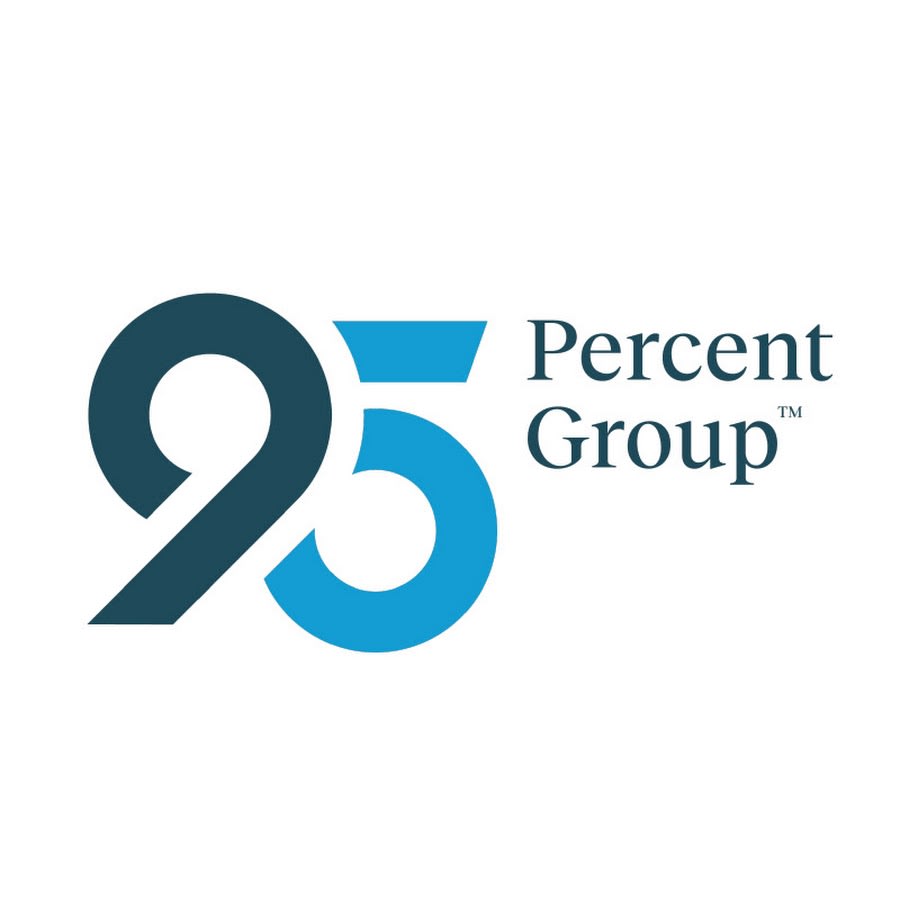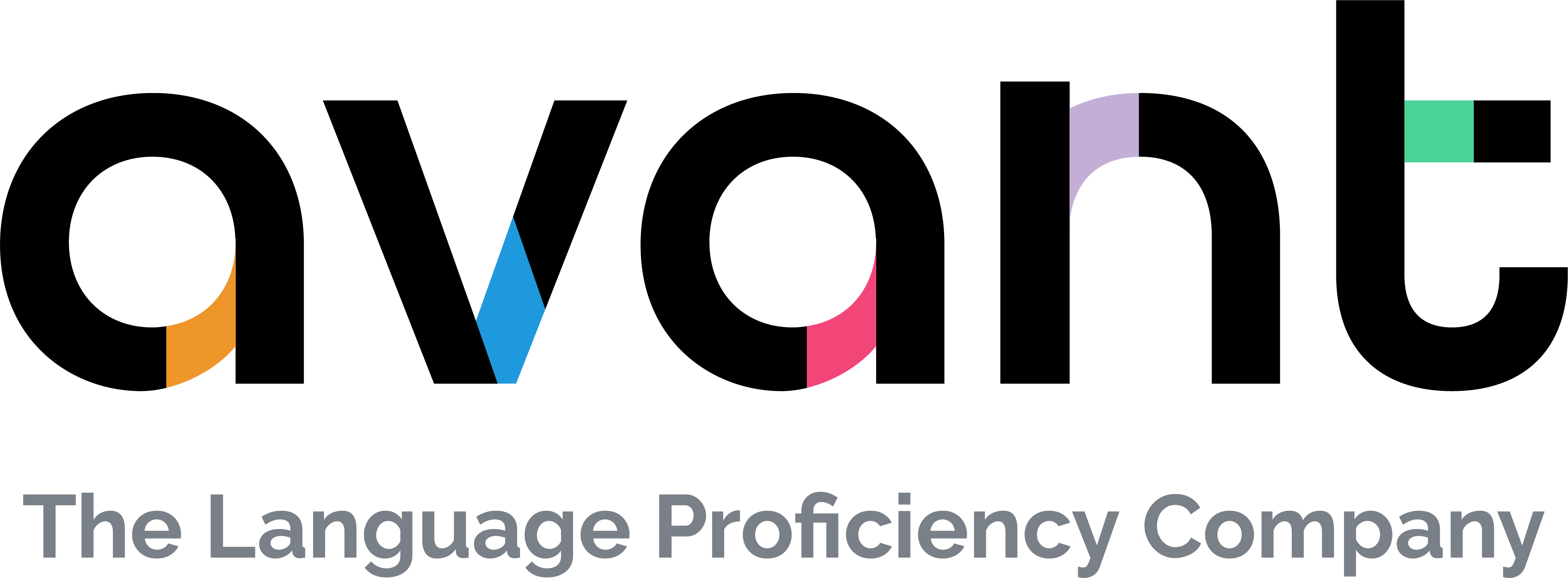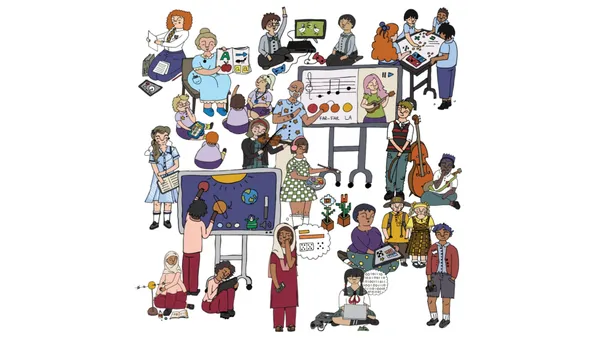Dive Brief:
-
Social and emotional development are an integral part of learning and affect not only children’s success in school, but also their future careers and relationships, say a panel of respected scientists convened by the Aspen Institute’s National Commission on Social, Emotional and Academic Development.
-
In the series of “consensus statements,” released in a report on Wednesday, the Council of Distinguished Scientists present a research base for the recent push to integrate social-emotional learning (SEL) programs into instruction. While there is a lack of agreement in defining SEL, and educators, parents and policymakers have different perspectives on its purpose, the researchers say this only indicates that there are many facets to how skills — such as attention control, coping with frustration and reading social cues — apply in a school setting.
-
The scientists also point to “a small, but growing, body of evidence” that SEL programs can contribute to teacher well-being and reduce teacher and administrator turnover, and they also call for teachers to receive training in child and adolescent development and in creating a positive classroom climate.
Dive Insight:
With ESSA calling for providing students a “well-rounded” education and administrators more focused on improving school climate and preventing bullying, the Aspen Institute’s commission is providing both research and examples of how schools are taking different approaches to integrating SEL into academic instruction.
“We have this extraordinary text in front of us that I personally believe, and I think many of you share the belief, will be a seismic shifter of the future of education in the United States,” Tim Shriver, the co-chair of the commission and the co-founder and chair of the Collaborative for Academic, Social, and Emotional Learning (CASEL), said during Wednesday’s symposium in Washington, featuring members of the council and other panelists.
“We are finishing the summer of Charlottesville. We all know how fragile the bond that unites us is right now,” Shriver continued, adding that young people, educators and schools are “the only real chance we have to tilt this fragile balance.”
Lessons from 10 school systems implementing SEL are also available from CASEL’s Collaborating Districts Initiative. A March report highlighted improvements that the participating districts are seeing in both student achievement and behavior. The CASEL website also has a District Resource Center that includes a variety of tools for planning and implementing SEL in schools.














